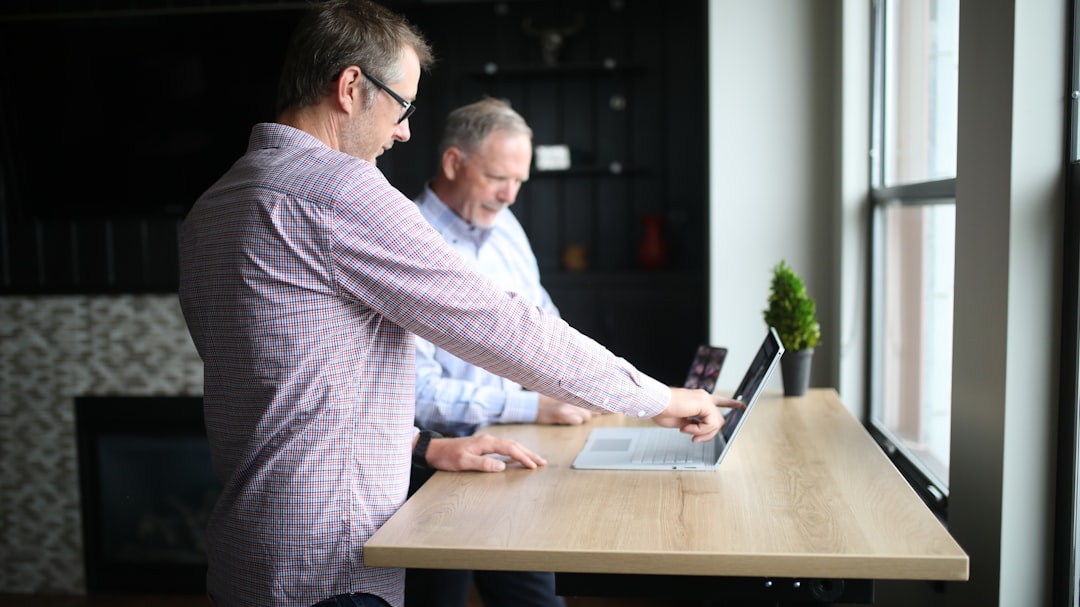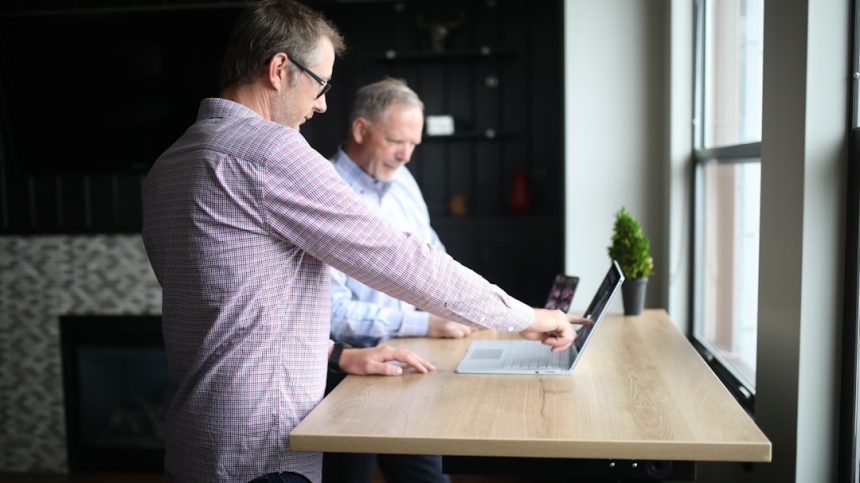BandLab has revolutionized the music creation process by offering a digital audio workstation (DAW) that resides entirely online. Known for its accessible, cloud-based tools and remote collaboration features, BandLab captured the attention of both amateur and professional musicians worldwide. However, one significant change caused a stir in the community — the removal of real-time collaboration. A once heavily praised feature, it suddenly went missing without a clear frontrunner to replace its capabilities.
TL;DR
BandLab removed real-time collaboration due to a combination of technical limitations, user experience concerns, and long-term product strategy. The feature was resource-intensive and prone to technical issues that impacted performance. BandLab now focuses on asynchronous collaboration tools, prioritizing platform stability and future scalability. While this change disappointed some users, it aligns with BandLab’s strategic direction toward reliability and broader creative tools.
Why Was Real-Time Collaboration Important?
Before diving into why the feature was removed, it’s important to understand its value. Real-time collaboration allowed multiple users to work on a track simultaneously — similar to how Google Docs handles live editing. Musicians found this especially helpful during the pandemic, when remote creation was the only viable method to produce music as a team.
- Instant feedback and creative flow: Collaborators could make changes live, speeding up decision-making.
- Synchronous workflow: Users didn’t need to wait for others to upload or download updated versions of projects.
- Community growth: The feature created a space for global users to co-create, fostering creativity and community bonding.
With that context, the sudden disappearance of real-time editing left many users confused and searching for answers.
Technical Reasons Behind the Removal
One of the major reasons BandLab removed real-time collaboration was due to technical limitations that hindered its performance.
Real-time collaborative environments in audio production are far more complex than text-based document collaboration. Audio files are heavy, effects chains can use significant computing power, and internet latency can introduce major synchronization challenges.
- Latency Issues: Maintaining sync between users in real-time often led to timing mismatches that disrupted workflow.
- High Bandwidth Usage: Real-time audio streaming demanded high network and CPU resources, which left many users with lag or crashes.
- Data Conflicts: Two collaborators editing simultaneously could cause inconsistencies, bugs, or even track corruption.
BandLab’s team likely weighed these persistent challenges and concluded that real-time collaboration introduced more instability than it was worth — especially for a DAW designed to operate seamlessly across a wide range of devices and internet speeds.

Focus Shift to Asynchronous Collaboration
Rather than trying to fix the inherently complex issues with real-time editing, BandLab chose to enhance its asynchronous collaboration tools. Asynchronous workflows allow users to take turns editing a project, thus eliminating many of the problems stemming from simultaneous interaction.
These tools encourage a workflow similar to version control in software development:
- Forking: Users can make their own copy of a project and edit it without affecting the original.
- Revision History: Each change is tracked, allowing for review and rollback.
- Commenting and Messaging: Users can leave notes and engage in discussions around parts of a track asynchronously.
This model supports collaboration in a more controlled and stable environment, ideal for users working across different time zones or with varying skill levels.
User Experience and Feedback
Removing a highly regarded feature is always risky, particularly when users have integrated it deeply into their workflows. Many users expressed frustration and disappointment after the feature disappeared.
However, feedback also suggested that the actual usability of real-time collaboration never truly lived up to expectations. Crashes, mixed audio tracks, and disjointed UI interactions were common complaints. In forums and social media groups, some users admitted they eventually stopped using the feature because it wasn’t reliable or polished enough for serious production.

BandLab appears to have taken this feedback seriously. Rather than continuing to patch a flawed feature, the development team opted to prioritize overall platform improvements and new features like AI-powered music tools, genre templates, and improved mastering algorithms.
Strategic Long-Term Planning
From a product strategy perspective, maintaining a real-time system requires constant updates and a specialized server infrastructure, which can be expensive and complex. These constraints ultimately divert time and resources from other innovation areas.
By retiring a troubled component, BandLab can:
- Improve Scalability: Build features that can grow with its user base without harming performance.
- Enhance Mobile Experience: Focus on optimizing the mobile DAW, one of BandLab’s key differentiators.
- Streamline Feature Set: Offer a more focused, intuitive interface for new users.
With a growing emphasis on mobile-first creation and simplified interfaces for younger and emerging talent, the move away from real-time editing becomes more understandable.
What Are the Alternatives?
Although BandLab no longer supports real-time collaboration natively, users can still collaborate creatively using several workarounds and third-party tools:
- Google Meet or Zoom: Use screen sharing to create together while discussing ideas in real time.
- File Sharing Services: Combine tools like Dropbox or Google Drive to exchange BandLab project files manually.
- Split Roles: Assign specific parts of a track to each collaborator, then merge versions later in BandLab.
While these methods aren’t technically “real-time,” they enable smooth cooperation, especially if partners plan their workflow accordingly.
Conclusion
BandLab’s decision to remove real-time collaboration might have come as a shock to some users, but it reflects the practical and strategic challenges of maintaining such a feature within the constraints of an online, cross-platform DAW. As BandLab continues to evolve, its focus appears to be on creating a more stable, scalable, and user-friendly experience — even if that means letting go of an ambitious but flawed feature. The silver lining is that asynchronous tools, paired with smart planning, can still provide powerful ways to collaborate online.
FAQ
-
Q: Does BandLab plan to bring back real-time collaboration?
A: As of now, BandLab has not announced any plans to reintroduce real-time editing. The focus is currently on asynchronous tools and platform stability. -
Q: Can I still collaborate with others on BandLab?
A: Yes, collaboration is still possible using the forking system and version sharing tools available within the app. -
Q: What are some good alternatives for real-time music collaboration?
A: Apps like Soundtrap, Ohm Studio, and Endless offer real-time collaboration features, though they may come with their own limitations. -
Q: Why didn’t BandLab fix the issues instead of removing the feature?
A: The complexity and expense of maintaining stable real-time collaboration outweighed its benefits, especially when usage data and feedback highlighted limited satisfaction with the feature.

